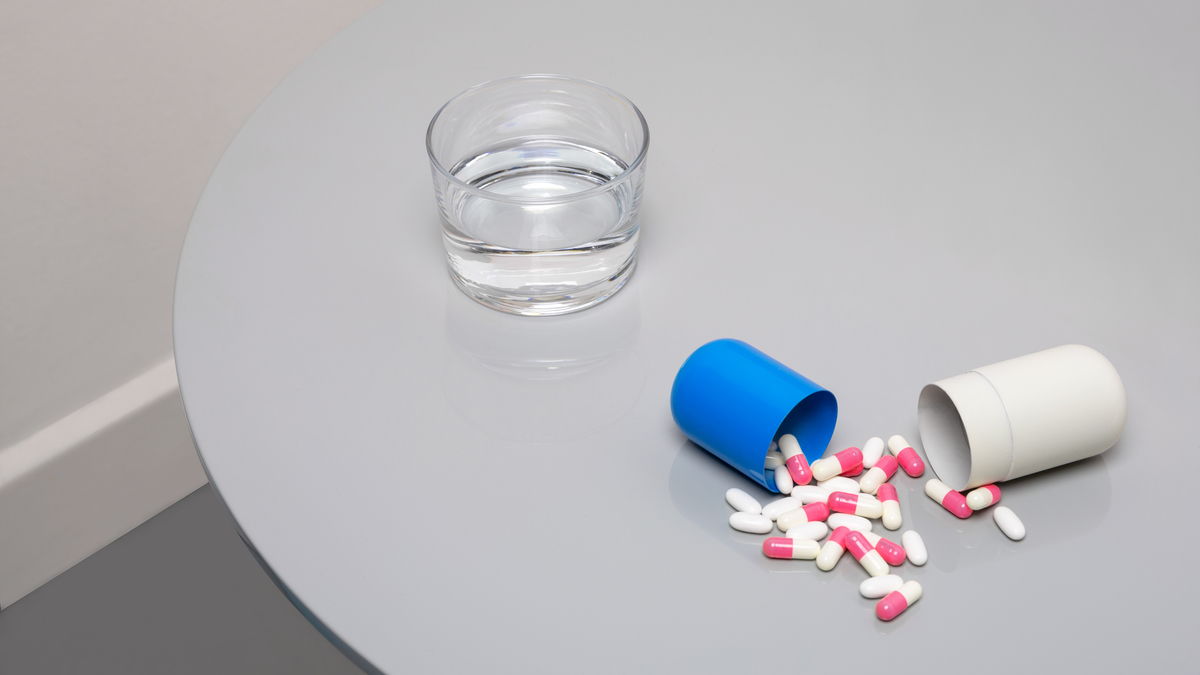
3D printed drugs to revolutionise medical treatment
With the advances in technology, 3D printing has been making its way into various industries, including healthcare. One of the most promising applications of this technology is the production of 3D printed drugs, which have the potential to revolutionize medical treatment. In this article, we will explore the concept of how they work, and their potential to revolutionize the healthcare industry.
What are 3D Printed Drugs?
3D printed drugs are medications that are produced using 3D printing technology. The process involves using a 3D printer to produce a precise dose of medication, custom-tailored to an individual patient's needs. This technology allows for the precise control of the size, shape, and composition of the medication, enabling the production of customized drugs for each patient.
How 3D Printed Drugs Work
The process of producing 3D printed drugs starts with the creation of a digital model of the medication, which is then loaded into the 3D printer. The printer then builds the medication layer by layer, using materials that are compatible with the human body.
The material used in 3D printing is typically a biodegradable or biocompatible polymer, which dissolves in the body over time, releasing the active ingredients of the medication. One of the main benefits of 3D printing drugs is the ability to produce precise doses of medication, tailored to the individual needs of each patient.
This is especially important for patients with chronic conditions, as they often require precise doses of medication to manage their symptoms effectively. 3D printing allows for the production of customized medications that are optimized for each patient's unique needs.
The Potential of 3D Printed Drugs to Revolutionize Medical Treatment
Increased Accessibility and Affordability of Medications
One of the key benefits of 3D printed drugs is that they have the potential to increase accessibility and affordability of medications. This technology allows for the production of medications at a lower cost, as the production process is streamlined and less wasteful.
Additionally, it can be produced closer to the point of care, reducing the need for transportation and storage, which can also contribute to a reduction in cost.
This increased accessibility and affordability of medications is especially important in low- and middle-income countries, where access to quality healthcare is often limited. 3D printed drugs have the potential to bring medical treatment to people who would otherwise be unable to afford it, improving the lives of millions of people around the world.
Improved Patient Outcomes
3D printed drugs have the potential to improve patient outcomes by providing customized medications that are optimized for each patient's unique needs. This is especially important for patients with chronic conditions, as they often require precise doses of medication to manage their symptoms effectively.
With 3D printed drugs, each patient can receive a customized medication that is tailored to their specific needs, leading to improved patient outcomes and a higher quality of life.
Streamlined Clinical Trials
Clinical trials are a critical part of the drug development process, and 3D printing has the potential to streamline this process, reducing the time and cost of clinical trials.
By producing precise doses of medication, 3D printing can provide a more controlled and consistent supply of medication for clinical trials, which can lead to more accurate results and a faster approval process.
Development of New Medications
3D printing technology also has the potential to spur the development of new medications. By allowing for the precise control of the size, shape, and composition of the medication, 3D printing technology opens up new avenues for drug discovery and development.
This technology also has the potential to improve the production of drugs for rare and orphan diseases, which are often neglected by traditional drug development processes due to their small patient populations and lack of profitability. 3D printed drugs can be custom-made for each patient, increasing access to treatment for these conditions.
Improved Compliance and Adherence
Compliance and adherence to medication regimens can be a major challenge for many patients, especially those with chronic conditions. 3D printed drugs have the potential to improve compliance and adherence by allowing for the production of customized medications that are optimized for each patient's needs.
By providing a medication that is tailored to their specific needs, patients are more likely to take their medication as prescribed, leading to improved health outcomes.
Better Integration with Digital Health
3D printed drugs also have the potential to better integrate with digital health technologies, such as wearable devices and mobile health apps. By using 3D printing technology, patients can receive real-time updates on their medication status and access their medical records from anywhere, improving the overall patient experience.
Additionally, by using digital health technologies, patients can receive reminders to take their medication and monitor their symptoms, leading to better health outcomes.
Conclusion
In conclusion, 3D printed drugs have the potential to revolutionize the healthcare industry by increasing accessibility and affordability of medications, improving patient outcomes, streamlining clinical trials, fostering the development of new medications, improving compliance and adherence, and better integrating with digital health technologies.
While there are still challenges to be overcome, such as regulatory approval and scaling up production, the potential benefits of 3D printed drugs are too great to ignore. As this technology continues to develop, it is likely that they will become an increasingly important part of the healthcare landscape, improving the lives of millions of people around the world.
Visit DocMode for Courses and lectures




